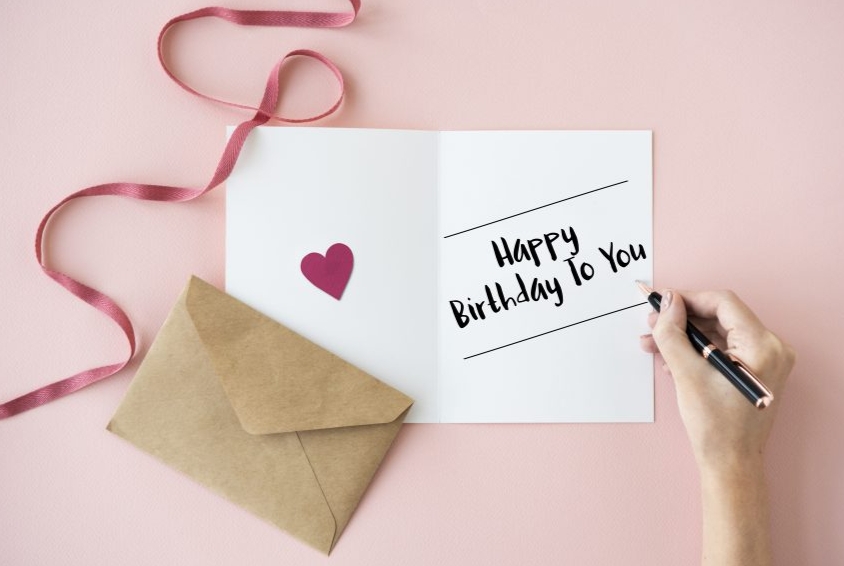During festivals and holidays, people often use greeting cards to express their blessings. Greeting cards printing are usually made of paper, and the production process may seem simple, but it is not because there are many things to pay attention to.

1. File processing method:
Use software such as CorelDRAW, Illustrator, Freehand, Photoshop, etc. to create greeting card files. When using CorelDRAW, CDR format should be used for storage, and special fonts need to be converted into curves to avoid changes. The resolution of the alignment image should be set to 350dpi (sometimes the printing factory has requirements, set as needed). Use Freehand and Illustrator to save the final page file in EPS format, with attached image files for external plugins; To use Photoshop, the final page file should be saved in TIFF or JPG format with a file resolution of 350dpi or higher.
2. Color processing method:
Set the color mode of the file to CMYK; Printing colors should not be requested based on the color of the screen or print, and spot colors should be avoided as much as possible when selecting colors; Do not use C100, M100, Y100, K100 four-color coloring for black text. Large color blocks with a total coloring value of more than 250% can easily cause dirt on the back during printing.
3. Printing:
The quantity of printing often determines the method of printing. For cost considerations, digital printing can be used when the print run is low, while traditional printing can be used when the print run is high. Generally, before printing, calculate the cost and choose the appropriate printing method. If the greeting card printing uses offset printing, the ink should be of the glossy quick drying type. If a large amount of ink is required on the surface of the greeting card, protective techniques such as powder coating should be applied to the card. If it is a gold/silver card, it is best to use low odor or odorless UV printing.
4. Post press processing:
The post press processing techniques for greeting cards include die-cutting, hot stamping, polishing, embossing, patching, etc. Some cards are also made into three-dimensional greeting cards, which require manual processing and pasting. During post-processing, the following points should be noted:
① Die cutting. Pay attention to the adaptability of materials to post press processing. For example, when die-cutting, attention should be paid to the direction of the paper’s threads. Some greeting cards use thin and tight paper, so the blunt thread of the die-cutting should be perpendicular to the direction of the paper’s threads.
② Press the bumps and depressions. Greeting cards often require complex embossing techniques, which have high requirements for the paper. If you want to achieve good results, the surface fiber strength of the paper itself needs to be high. The paper with good strength is Swedish white cardboard.
③ Hot stamping. Pay attention to the acidity and alkalinity of the paper. If the paper is not up to standard, the hot stamping may peel off a few weeks after completion and become mottled.
④ Light up. Attention should be paid to the compatibility of various processes, such as water-based polishing on the front of greeting cards and adhesive patches on the back. Water based or oil-based adhesives should not be used because the moisture in water-based adhesives can penetrate the front, causing wrinkles in water-based polishing, while oil-based adhesives will turn yellow and brittle over time, requiring the use of hot glue. Some specialty papers require UV polishing, so the paper’s absorption of UV oil needs to be tested first.
